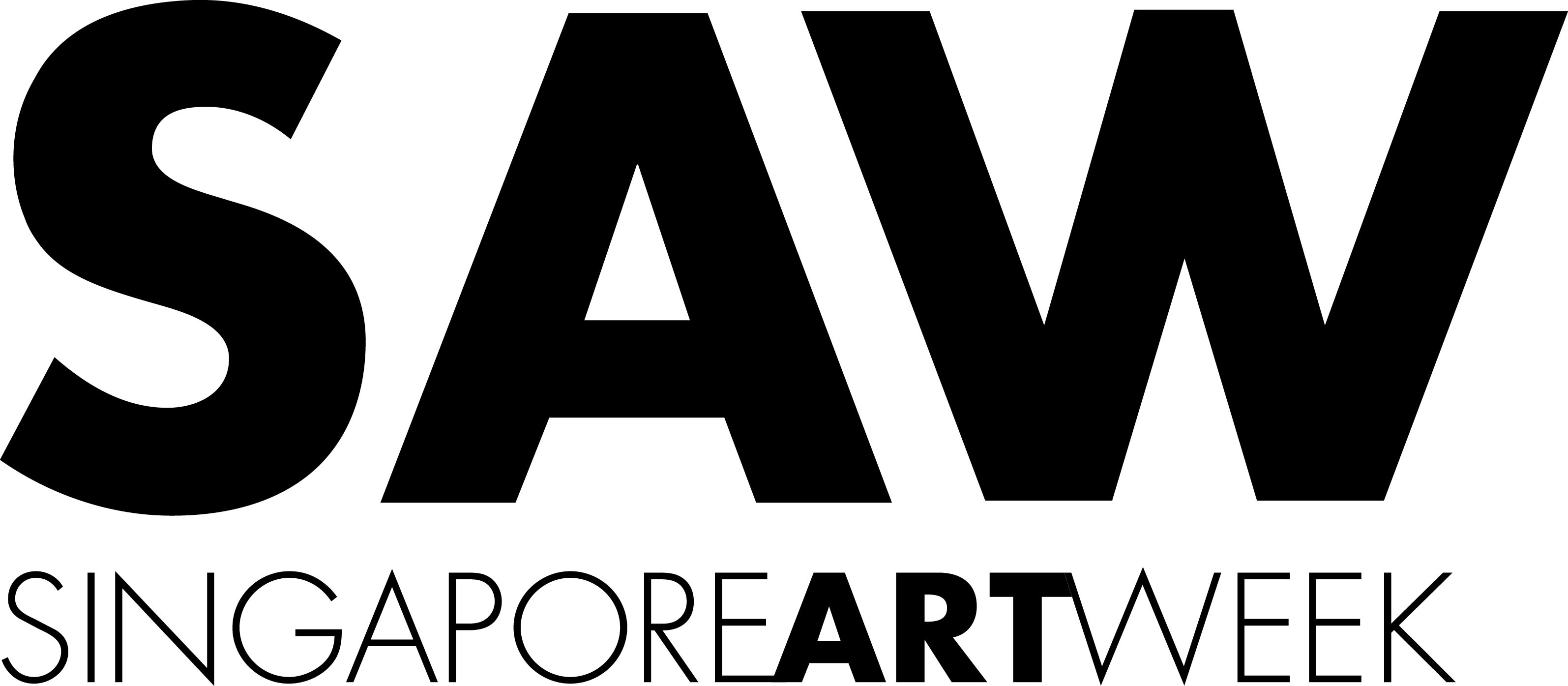TABLET: New Paintings by Filippo Sciascia
Past exhibition
13 January - 10 February 2024
In a returning solo exhibition at Yeo Workshop, Bali-based artist Filippo Sciascia presents new photo-realistic paintings that feature a return to his iconic “cracked” painting series. Painstakingly detailed, these works explore his long-standing fascination with light as an anthropological catalyst, where various scenes portray light’s transformative role in the development of mankind’s technological ascendancy. The exhibition’s title "TABLET" aptly encapsulates ancient and modern eras, referencing both ancient clay stones with cuneiform inscriptions and our contemporary smartphones and devices. It symbolises the evolution of communication and technology, showcasing how humanity has adapted over time.
TABLET is shaped around light’s scientific and metaphorical aspects. Sciascia follows a cyclical evolution, strategically repurposing symbols from previous works, featuring paintings and sculptures which inform each other spontaneously, sometimes as readymades. His persistent focus on societal concepts informed by anthropology, underscores his belief in painting as an unfiltered medium—a direct translation from the brain to canvas, embodying his curiosity regarding the role of painting and the artist in contemporary times. Sciascia’s chromatic and textured pieces spotlight the interplay of light, human progress, and technology. By challenging the dichotomy between scientific reasoning and the metaphysical, he invites viewers to ponder the essence and meaning of representation through painting in our technological era.
Most notable in this exhibition are the works depicting farmers in Tablet 6, 8 and 9. Well-known for his cracking works, Sciascia uses this craquelure technique to juxtapose the contemporary image with a seemingly aged effect. These cracks transcend mere imperfections, serving as the foundation for most of his paintings, accentuating their materiality and production. Through a process of trial and error, Sciascia developed this technique by applying a thick coat of gesso onto the canvas, causing the paint to naturally fissure as it dries and separate in ways beyond the artist’s control. The farmer in his paintings embodies traditional techniques, nostalgic of a time before technology wherein now, it seems technology is increasingly exerting control over human behaviour and society than enriching our lives.
TABLET echoes an earlier institutional show, Lux Lumina (2010) at the NUS Museum, of videos, paintings and installations which depict the artist approaching a greenhouse emanating a radiant chamber of light. This embodies a similar truth-seeking sentiment, where light comes to signify humanity’s encounter with the divine. Extending from his fascination with archaeology and primitive societies, his drawing of a cave in Primitive Learning represents the genesis of humanity’s cognitive processes and evolution, wherein early geometric engravings became pivotal in the emergence of language and the shaping of perceptions. Highly conceptual, Sciascia’s thematic explorations extend beyond conventional mediums, incorporating organic materials like melatonin powder, amber pigment, and volcanic ash in his works to express the primordial. Throughout, Sciascia unequivocally asserts the interconnectedness between shelter, light and evolution.
Bridging the prehistoric, primitive and contemporary, the artist integrates his classical renaissance training with contemporary themes, painting photorealistic images of a woman lit solely by the glow of a phone screen. The tablet in the painting serves as the sole light source, highlighting our reliance on technology which depends heavily on electricity generated from natural resources like fossil fuels, wind, water, and the sun. These artworks aim to neutrally document our modern dependency on images and technology in an era of excessive production, reflecting our societal realities.
Part of

This website uses cookies
This site uses cookies to help make it more useful to you. Please contact us to find out more about our Cookie Policy.
* denotes required fields
We will process the personal data you have supplied in accordance with our privacy policy (available on request). You can unsubscribe or change your preferences at any time by clicking the link in our emails.